EU stock Grade A 3.2V lifepo4 CALB 280AH L173F280A 9000 times
EU stock Grade A 3.2V lifepo4 CALB 280AH L173F280A 9000 times
Couldn't load pickup availability
EU stock Grade A 3.2V lifepo4 CALB 280AH L173F280A AUTO GRADE A+ for sale
| Battery type | 3.2V Lifepo4 |
| Cell Width x Height x Thickness /mm |
(174.4±0.3) x (207±0.4) x (71.4±0.3) with terminal |
| Cell Weight/kg | 5.42±0.16 |
| Battery Cell Capacity | 280ah |
| Discharge energy | 896Wh |
| Cycle life | more than 9000 times |
| Battery inner resistance | less than 0.6mΩ |
| Packing | 4pcs/ box |
| Grade levle | original grade A+, auto grade |
| Contact | April Cao |
| sales9@deligreenpower.com | |
| Tel: | +86 136 4743 6715 |






- Drop Test: 100% SOC, two terminals of cell faces down from a
height of 1.5 m onto the cement floor and observe 1 h. - Temperature Cycle: 1)100% SOC, cell was put into the temperature box, and
temperature of the temperature box was adjusted
according to table 1 and figure 2 for 5 cycles, and observe
1 h. - Low Pressure: 1)100% SOC , cell was put into a low-pressure chamber,
air pressure was adjusted to 11.6 kPa in ambient temperature,
stand for 6 h and observe 1 h. - Seawater Immersion: 1)100% SOC, cell was immersed in 3.5% (mass fraction)
NaCl solution for 2 h, water depth should completely
exceed height of the cell and observe 1 h.
Charge/discharge Cycle
25±2°C, cycle test method under 300±20Kgf
preload,0.5P,2.8V-3.55V;EOL224Ah,
Results: 9000 times.
Max Torque which can be applied to terminal
Torque strength: tangent to the cylindrical surface of the pole, the maximum is 6 Nm in the XY direction (2 h)
Max. Force which can be applied to terminal
Static force at terminal: Max. 800 N in x, y axis (2h), Max. 800 N in z axis (2h).
Hazard Warnings, Potential Faults
Danger to life and health caused by an electric arc if active live parts are touched;
Danger to life and health (burns, ventricular fibrillation or heart stopping) caused by body currents if active live parts are
touched;
Danger to health caused by organic substances and acids that might be emitted in case of failure conditions;
Danger of explosion and fire when operating with overvoltage, after under-voltage, at too high temperature or with too high
charge or discharge power;
Environmental hazard from released substances, e.g. electrolyte;
Hazard by mechanical impact: the housing can have sharp edges due to manufacturing process, thus special care must be
taken.
A characteristic feature of lithium-ion cell is a high energy content with a low weight. In the event of a fault, the thermal energy
released is a multiple of the electrically usable energy. Unlike normal lead starter batteries, the electrolyte is not aqueous but
organic. The cells are gas-tightened. In other words: No gases or liquids escape during normal operation.
Unlike normal starter batteries, the chemical hazard is not from acids and the generation of hydrogen, but from organic solvents
and the used conducting salt and their secondary chemical reactions when released in the event of a fault. Under faulty conditions,
toxic and corrosive agents might be set free.
Share
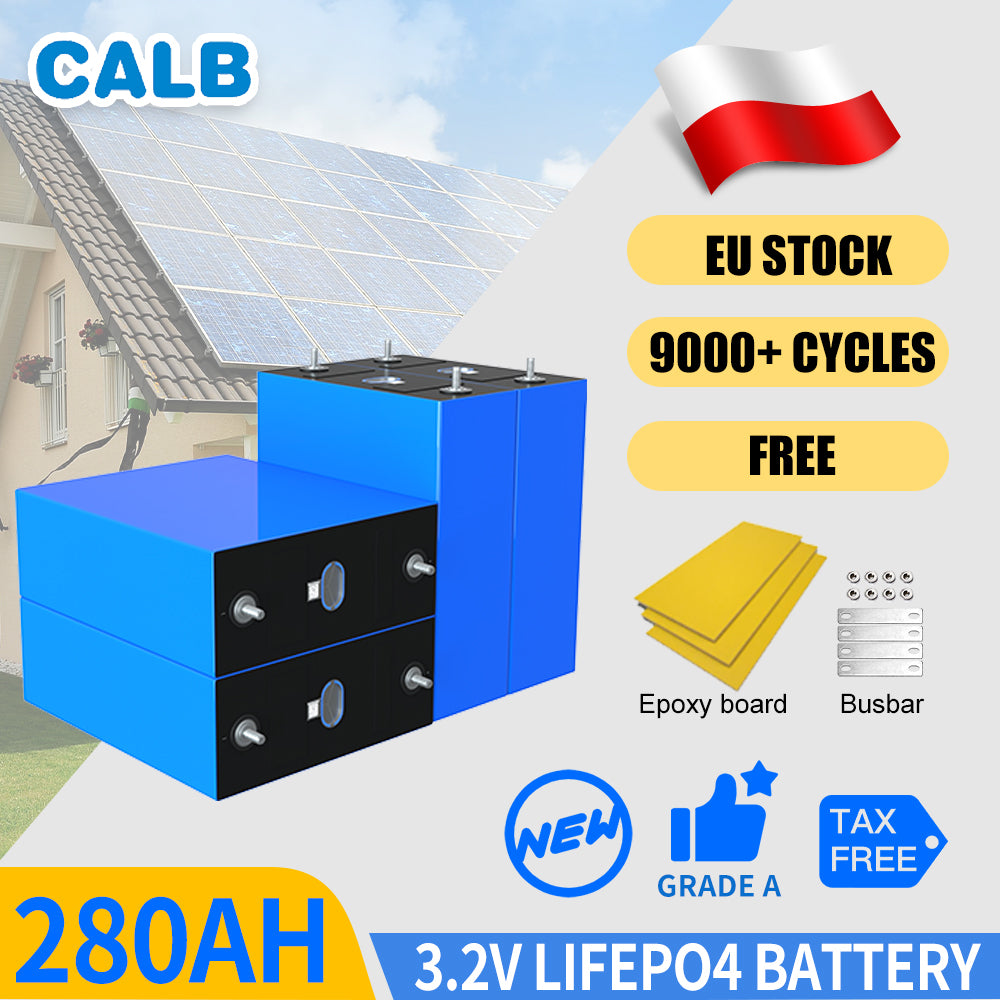
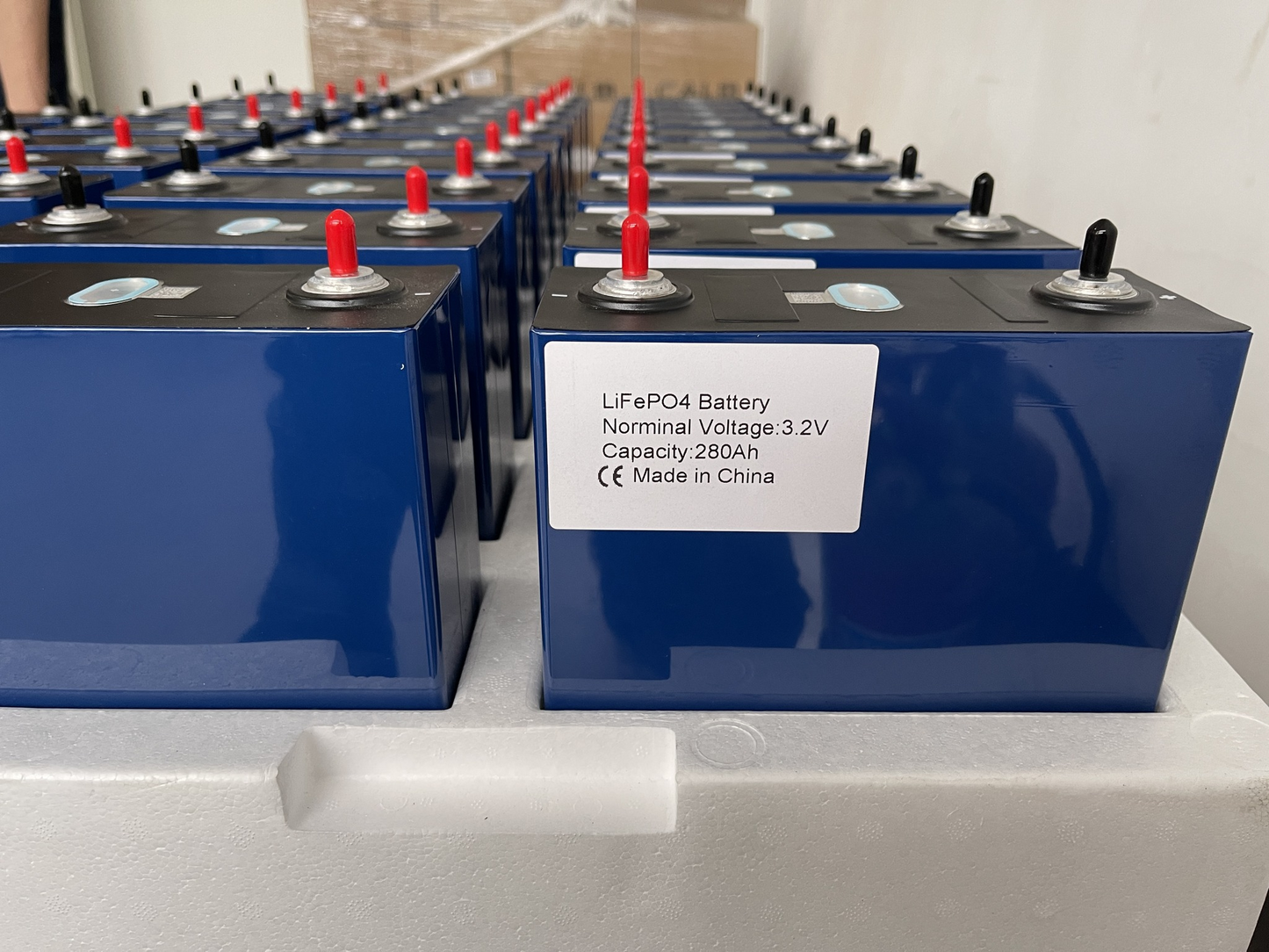
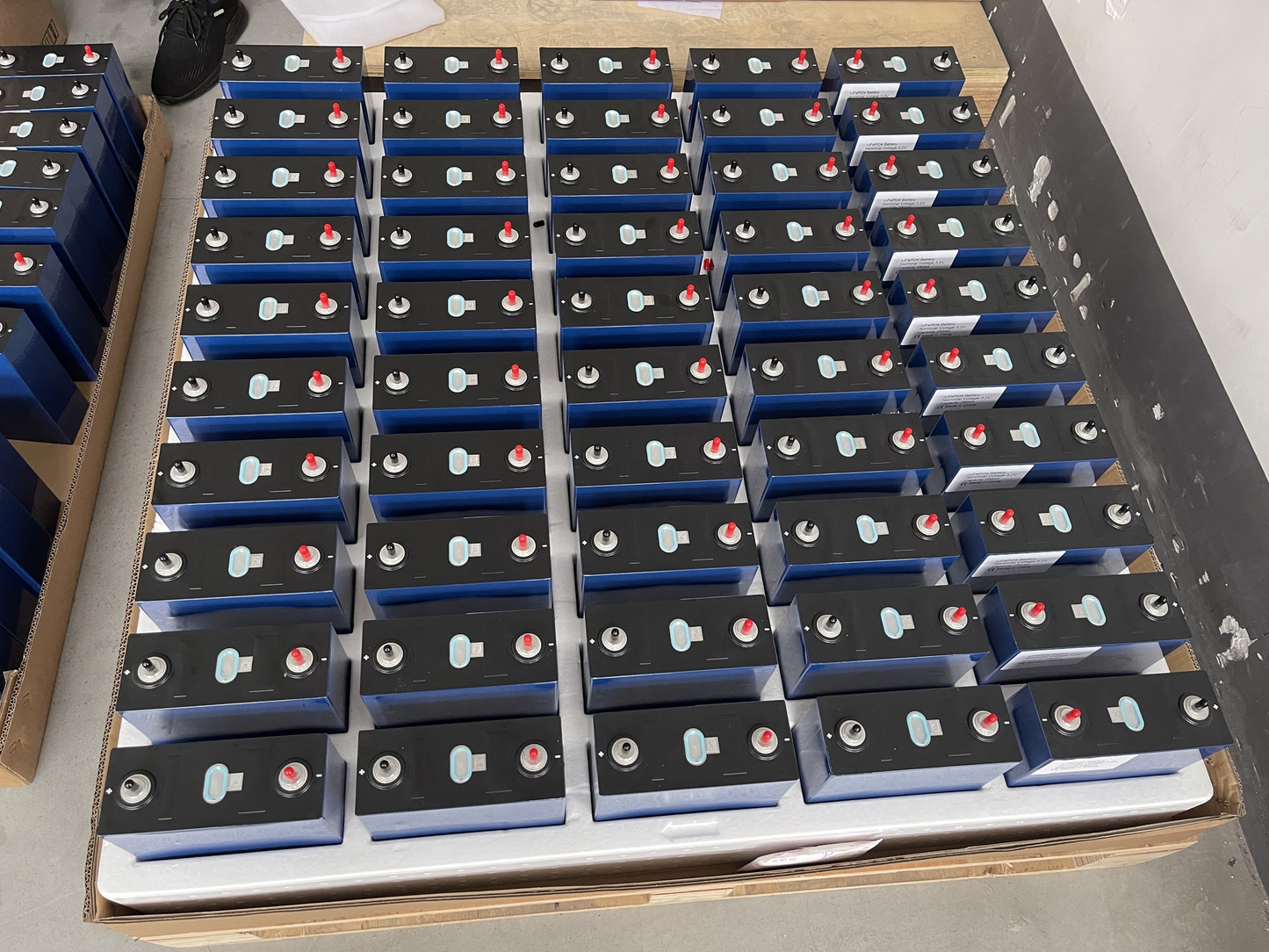
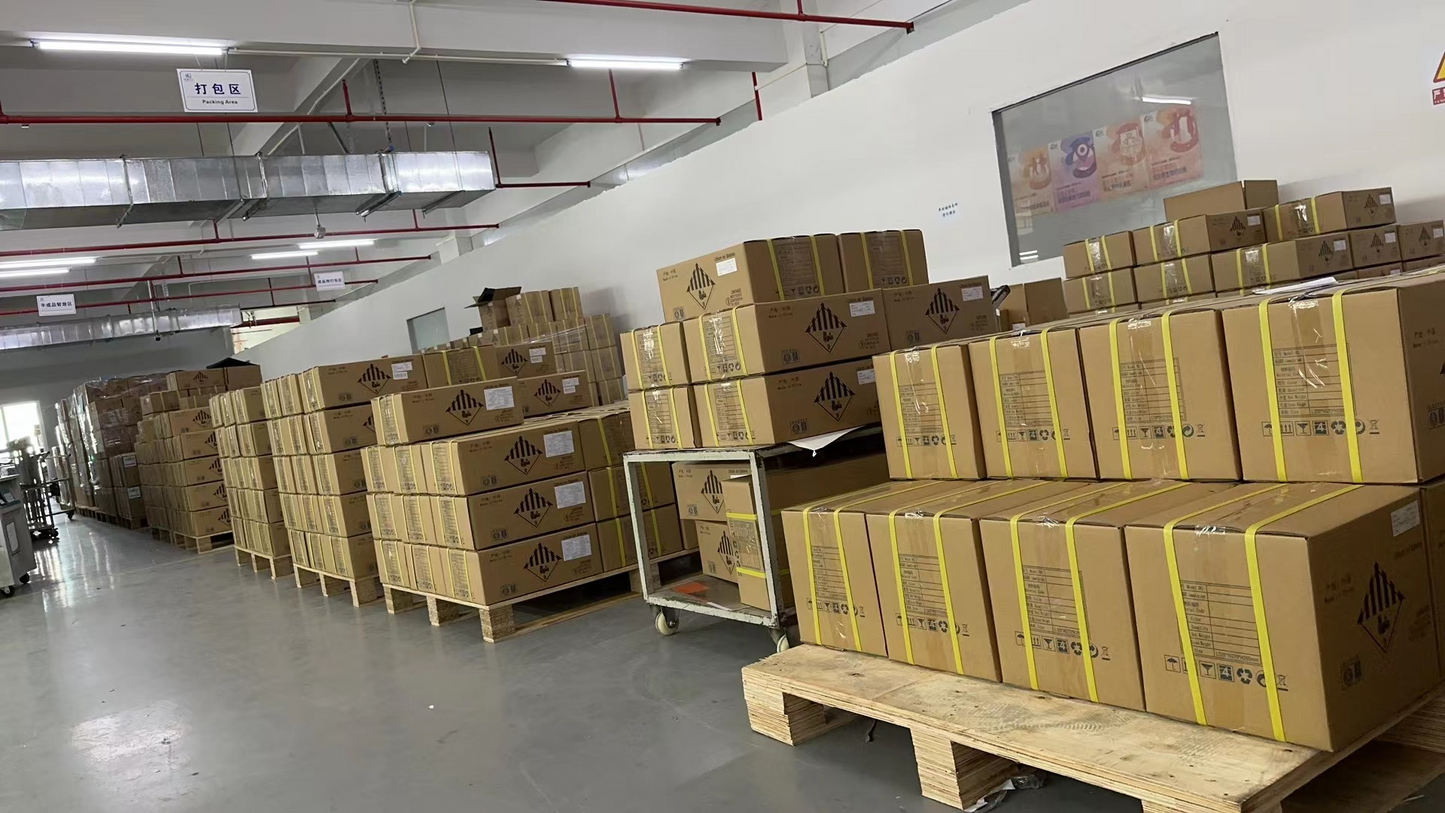
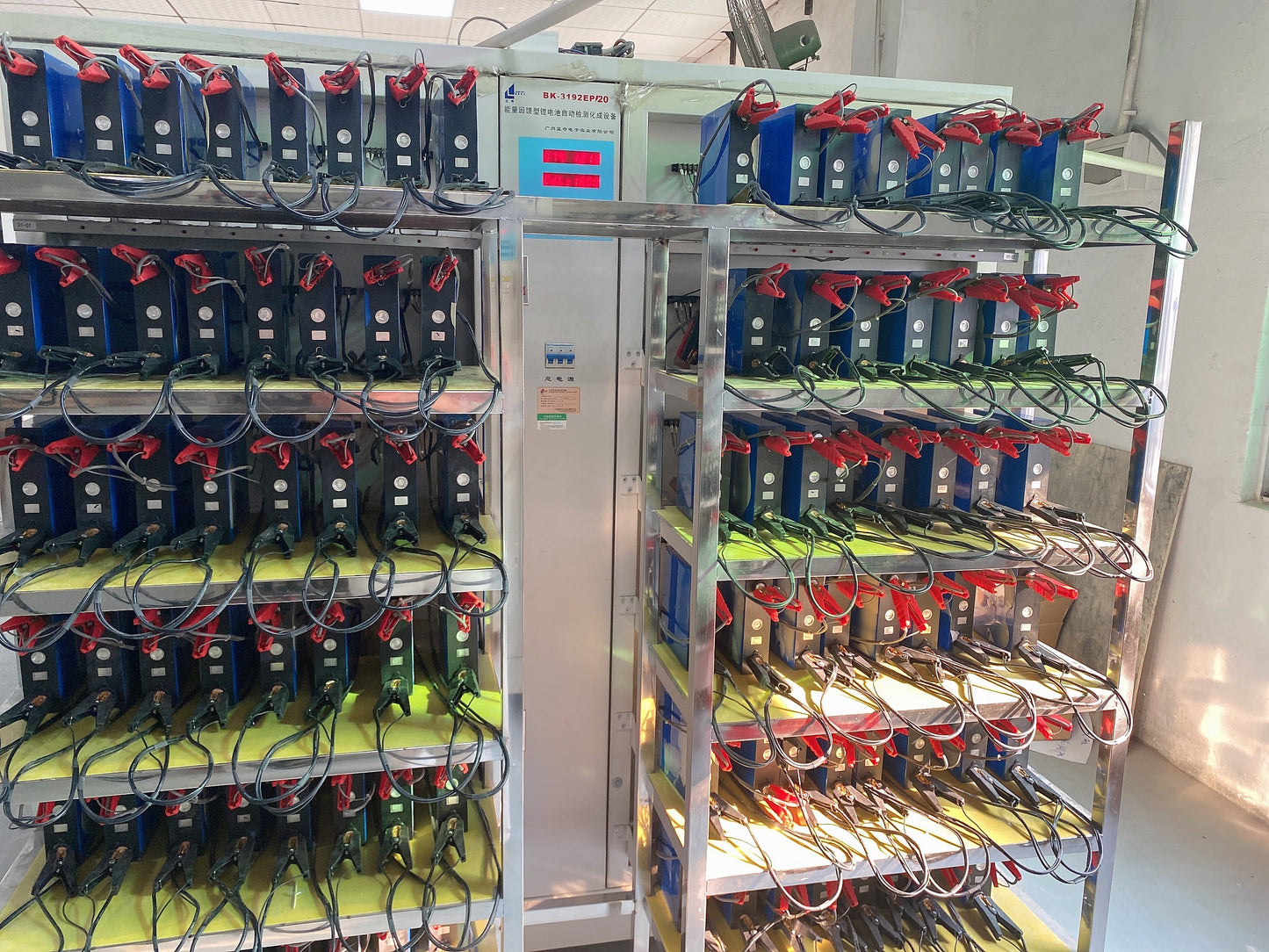

Excellent batteries more capacity than the 280Ah stated. Batteries arrived in perfect condition and were better than advertised. I will be buying more from them in the future without hesitation. If you’re looking for batteries you should be getting them here! Price was awesome and delivered in 4 days including the weekend. Thanks for the excellent transaction!







